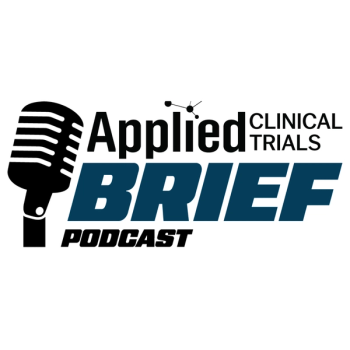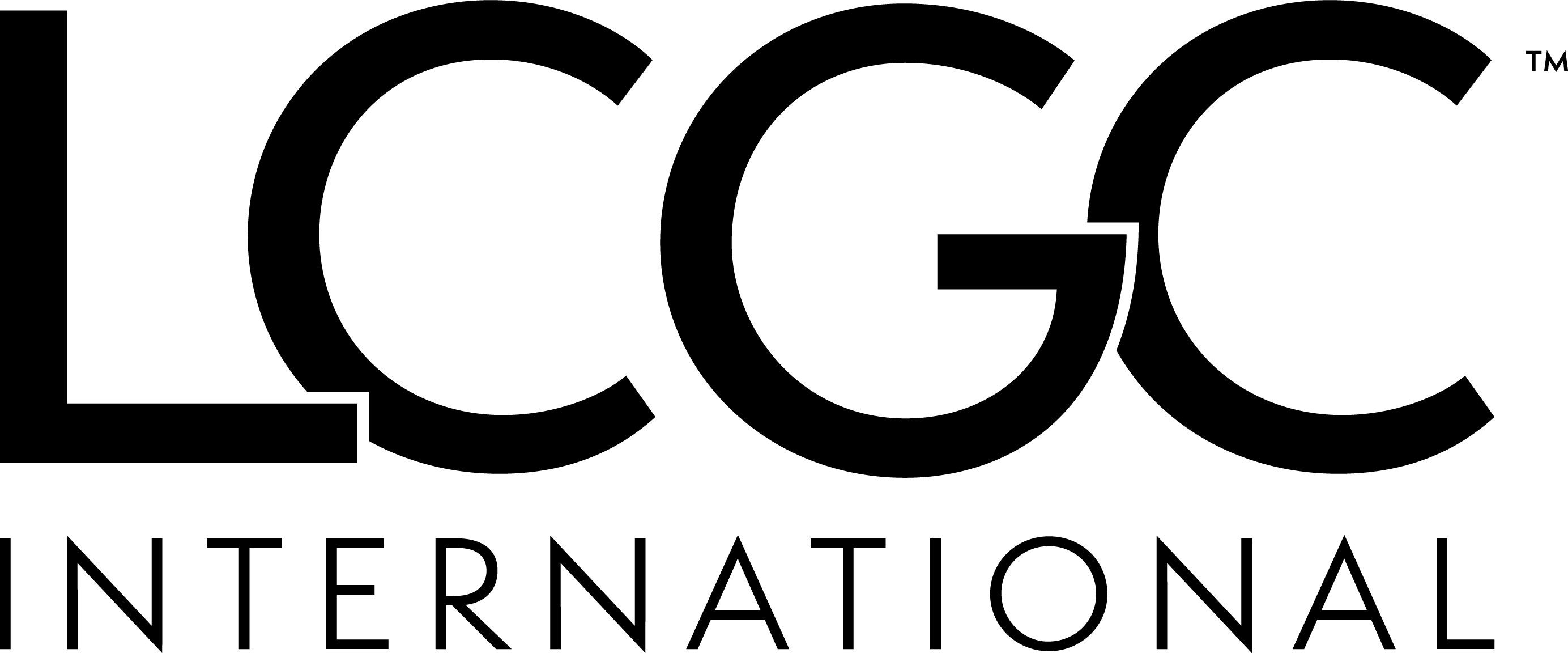Pensacola, FL (April 12, 2018)-ActiGraph, a leading provider of medical-grade wearable activity and sleep monitoring solutions, is collaborating with Bayer in an ongoing pilot study evaluating usability and patient perceptions of a digital tool suite consisting of Clinical Ink’s SureSource Engage mobile application, an ActiGraph activity monitor, and a Bluetooth-enabled weight scale. The study aims to examine the feasibility of implementing remote-monitoring technology in Bayer’s future clinical trials as a means to improve patient engagement, enhance patient support, and expose trends in patient behaviors that could ultimately help get medicines to the patients who need them faster and more efficiently. The study, conducted by Health Innovation Technology Lab (HITLAB), is divided into two month-long phases, during which participants use the SureSource Engage app, wear an ActiGraph GT9X Link activity monitor for 24 hours/day, and measure their weight with a Bluetooth-enabled scale. At the completion of phase one, the study team collected comprehensive feedback from the participants to understand how they perceived and interacted with the technology and to identify specific areas for improvement. Improvements for phase two of the study included the use of ActiGraph’s CentrePoint Data Hub, a home-based communication device that helps minimize the burden on participants by passively uploading activity monitor data to a centralized cloud platform via cellular network. “We are excited to work together with ActiGraph in an effort to support the patient journey. Our hopes are to create a better experience for all involved with our clinical trials while enhancing our data collection efforts. By listening to the patient’s voice, we have the ability to improve our study designs of the future and ultimately help patients get the medicines they need,” explained Michelle Shogren, Pharmaceuticals R&D Portfolio and Operations at Bayer. About ActiGraph ActiGraph is a leading provider of medical-grade physical activity and sleep monitoring solutions for the global scientific community. ActiGraph’s wearable actigraphy monitors and robust analytics platform have been widely used in academic and population health research for nearly two decades. In recent years, the company’s monitoring solutions have been steadily adopted by biopharma and life sciences organizations seeking to capture real-world objective outcomes related to physical activity, mobility, and sleep behavior for patients enrolled in clinical trials. To learn more about ActiGraph’s wearable actigraphy monitoring solutions, CentrePoint technology ecosystem, and end-to-end clinical trial services, please visit actigraphcorp.com/clinicaltrials or contact us at pharma@actigraphcorp.com.






.png)



.png)



.png)
.png)
